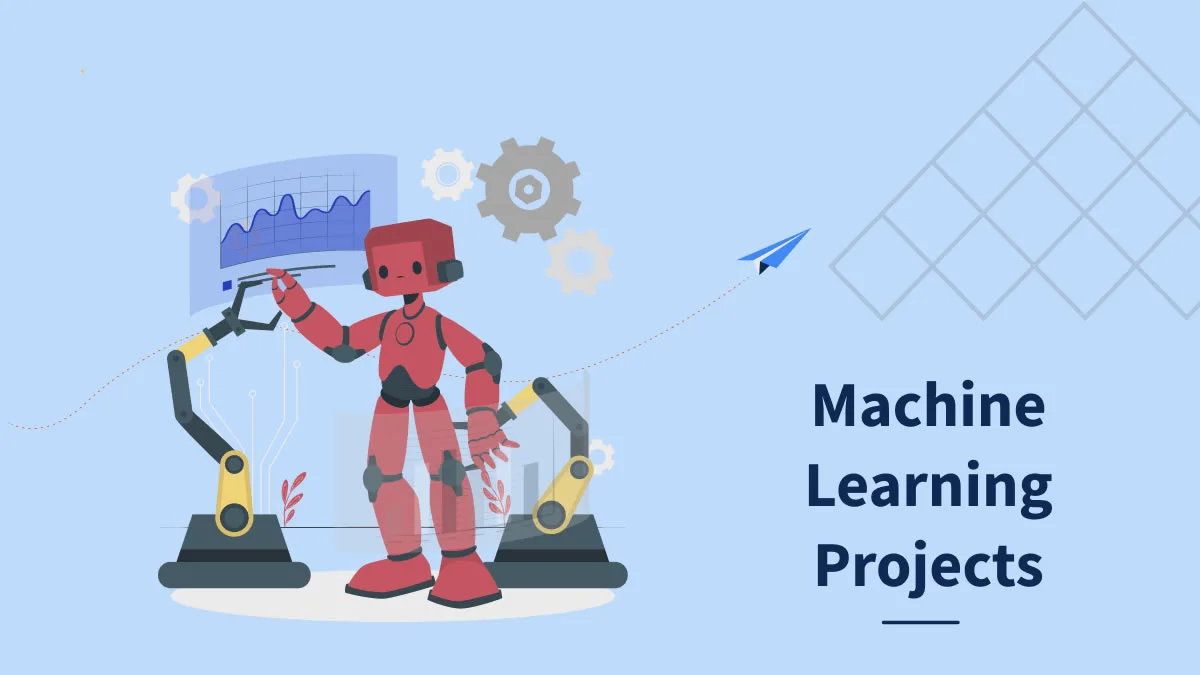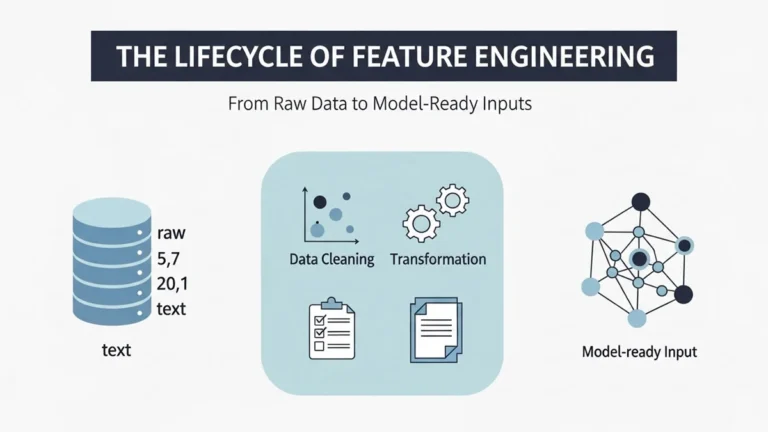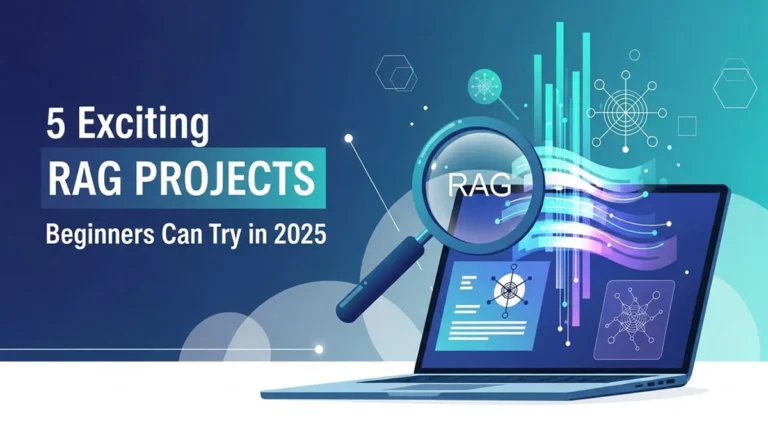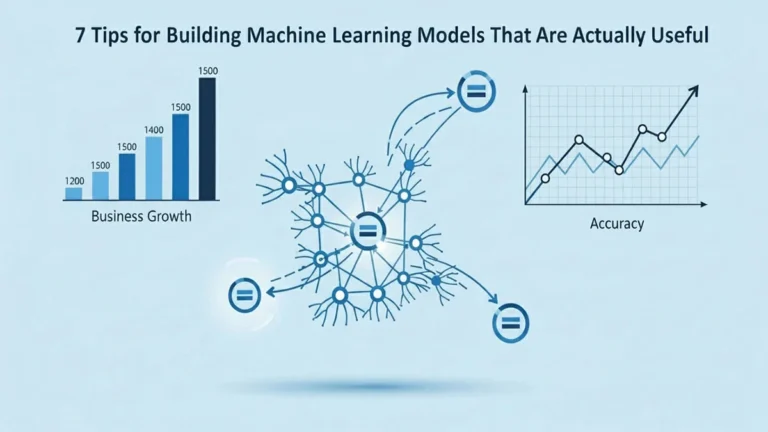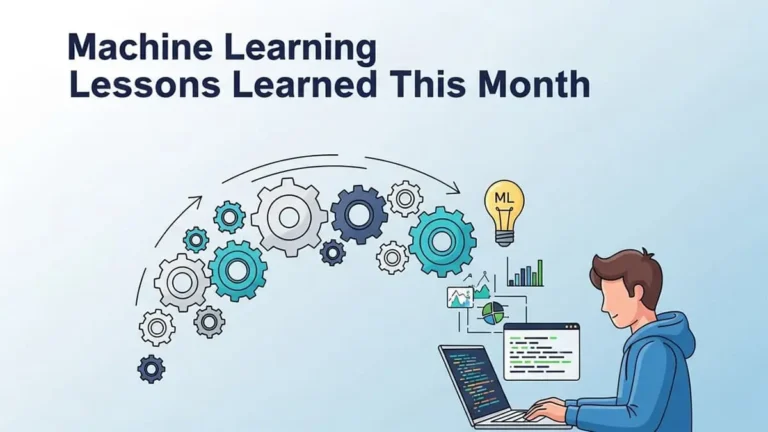7 Beginner Machine Learning Projects To Complete This Weekend
Machine learning is among the most revolutionary technologies of our era, driving progress across industries like healthcare, finance, entertainment, and e-commerce. While mastering theoretical algorithms remains important, the real key to becoming skilled lies in practical implementation.
For aspiring data scientists and ML engineers, building hands-on Machine learning projects is the best method to bridge the difference between theory and solving problems in real scenarios. This project-driven learning strategy not only strengthens your understanding of concepts but also highlights your initiative and expertise to employers. If you’re just starting, you may also explore this detailed guide on AI training methods before moving to projects.
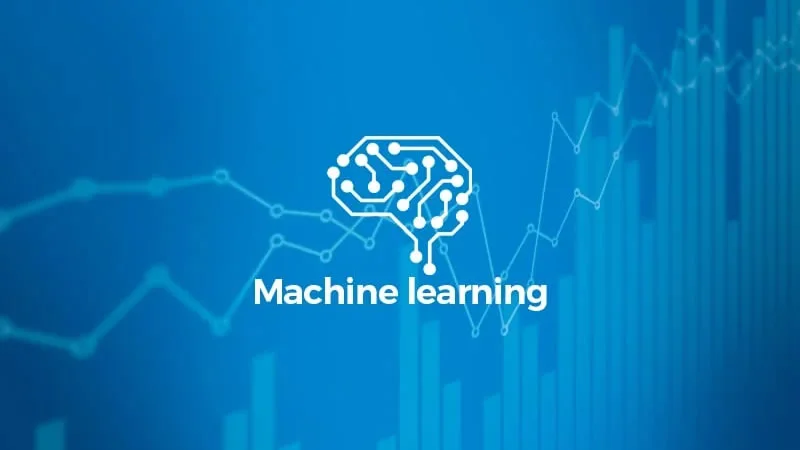
In this news-style feature, we’ll introduce seven beginner-friendly projects. Each one targets a different aspect, from predictive analytics and text classification to computer vision, providing you with a balanced learning path and confidence to advance in the growing field.
1. Predicting Titanic Survival
The Titanic dataset is a classic beginner-friendly dataset because its details are simple to interpret. The task is predicting whether a traveler survived the tragedy. You’ll analyze features like gender, passenger class, and age.
This project teaches critical data preparation practices, including handling missing records and cleaning noisy inputs. You’ll also explore splitting datasets into training and evaluation groups. Algorithms such as logistic regression, which handle binary outcomes, or decision trees, which split based on rules, can be applied.
After developing your model, you can check its effectiveness using accuracy, recall, or precision. This project serves as a practical start in working with authentic data and evaluation frameworks.
2. Predicting Stock Prices
Forecasting stock values is a frequent project where you estimate future share movements using past market data. This problem falls under time-series analysis since data points are indexed sequentially.
You’ll practice analyzing patterns over time and apply models such as ARIMA or advanced LSTM networks, which are excellent for handling sequential datasets. Feature engineering plays a major role’ll generating new indicators like moving averages or lag values to boost performance.
Datasets are freely available from sources like Yahoo Finance. After building, test the prediction accuracy using error-measuring tools such as mean squared error (MSE).
3. Building an Email Spam Classifier
This project focuses on detecting spam automatically within emails, a popular application of natural language processing (NLP).
You’ll explore core text preprocessing steps like tokenization, lemmatization, and stemming. Text must be turned into numeric vectors using methods such as TF-IDF for machine interpretation.
For modeling, naive Bayes performs strongly with textual classification, while SVMs excel in high-dimensional cases. Datasets like Enron’s email dataset are widely used. Afterward, evaluate your classifier with accuracy, precision, recall, and F1-score.
4. Recognizing Handwritten Digits
Digit recognition is an excellent beginner-friendly computer vision challenge that teaches essential deep learning concepts. Using the MNIST dataset, the objective is to classify digits (0–9).
Convolutional neural networks (CNNs) are the primary method here. They leverage convolution and pooling operations to capture image features automatically. Before training, images are resized and normalized to improve consistency.
After constructing the CNN, test predictions on unseen digits. This practical project offers clear exposure to working with image datasets and deep learning structures.
5. Building a Movie Recommendation System
Recommendation systems, like those used on Netflix, suggest content tailored to user preferences. In this project, you’ll design a simplified movie recommendation engine.
Two approaches dominate: collaborative filtering, which considers the behavior of similar users, and content-based filtering, which relies on item features. For beginners, cooperative filtering with SVD is a practical approach.
The MovieLens dataset is a great resource containing ratings and metadata. Model effectiveness can be checked using RMSE or precision-recall measures. This project introduces you to personalization techniques widely adopted by media platforms.
6. Predicting Customer Churn
Churn prediction is a vital tool for businesses wanting to keep subscribers. Here, the job is to identify clients likely to stop services.
Classification methods such as logistic regression or random forests work effectively. However, churn data is often imbalanced, meaning churners form a small minority. Techniques like oversampling or undersampling are used to fix this.
You’ll also process missing records, encode categorical details, and prepare the dataset. Final evaluation can be carried out using confusion matrices and F1-scores. Kaggle’s Telco Customer Churn dataset is ideal for practice.
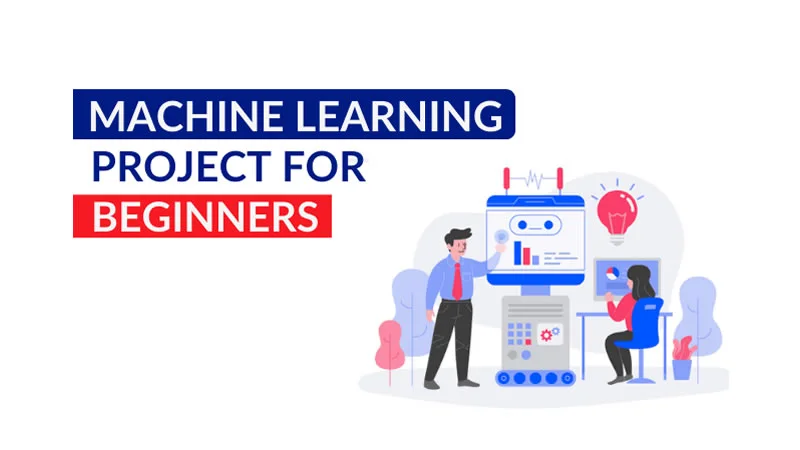
7. Detecting Faces in Images
Face detection is one of the foundational problems in computer vision with wide-ranging applications from surveillance to photo-tagging.
Here, you’ll use OpenCV’s pre-trained Haar cascades, which quickly identify face regions. You’ll also learn basic image preprocessing, like filtering and edge enhancement.
Parameters can be fine-tuned for better precision. Once implemented, the same methods can be extended for detecting other objects beyond faces.
7 Beginner Machine Learning Projects: Conclusion
These seven projects provide learners with a comprehensive foundation in machine learning, spanning regression, classification, and vision-based models. By finalizing them, you will gain practical experience at work with real-world datasets and algorithms.
Adding these projects to your portfolio or resume will significantly increase your visibility with employers. While beginner-friendly, they represent strong stepping stones toward advanced work in AI. If you’re looking to expand further, check out this resource on Python tools for data science to complement your machine learning journey.

